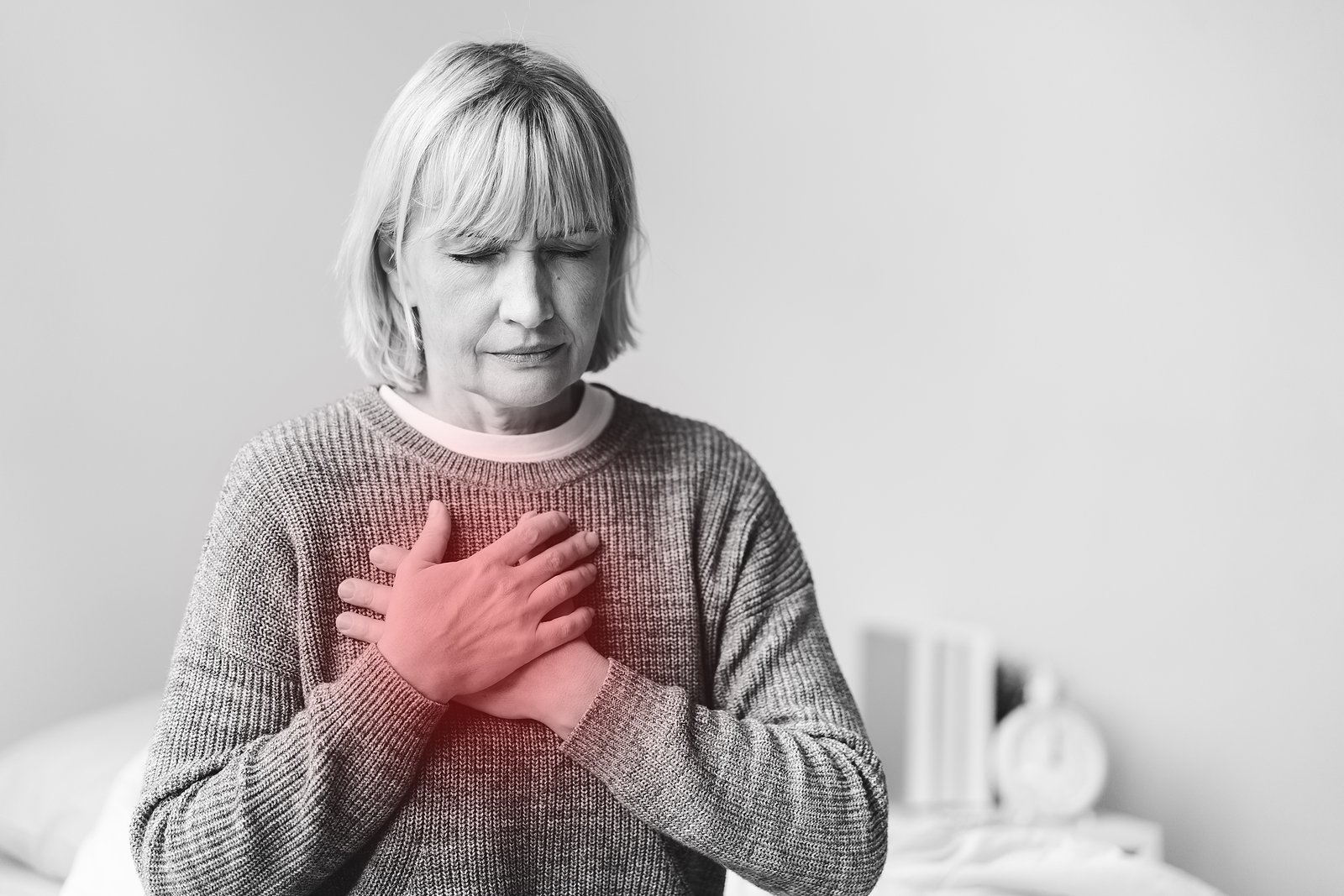
Heart disease is the number one cause of death in women. It was ranked as the third leading cause of death for all Americans, but it takes first place among women. The risk factors are high cholesterol levels, obesity, diabetes, smoking tobacco and other drugs/alcohol use. Women also have lower levels of HDL cholesterol, which is known to be an important factor in reducing heart disease risk. Our society has come a long way with heart disease prevention, but there are still plenty of misconceptions that lead to this problem.
21.8% of women died of heart disease in the USA in 2017. Only 44% of women questioned in 2019 were aware that heart disease is the main cause of mortality for women, down from 66% a decade before. Since 2019, every age and ethnic group had a decrease in awareness, with the exception of women over 65, who saw no change. Women with high blood pressure, a major factor in heart disease, were 30% less aware than women without high blood pressure that heart disease kills more women than any other cause. (Gordon, 2021)
Symptoms of Heart Disease
The most frequent sign of a heart attack in women is the same as it is in men: chest pain, pressure, or discomfort that lasts more than a few minutes or discomfort that comes and goes. However, especially in women, chest discomfort is not usually severe or even the most visible symptom. It’s typically described by women as a feeling of pressure or tightness. It’s also possible to suffer a heart attack without experiencing any chest discomfort. Early warning signs that many people experience include pain or pressure around the chest area and back, neck, jaw or shoulder pains which may come with nausea/vomiting. (Mayo Clinic, 2019)
Risk Factors for Heart Disease
The following are some of the risk factors for heart disease in women:
- Diabetes: Women with diabetes are more likely than males with diabetes to develop cardiac disease. You’re also more likely to have a silent heart attack if you have diabetes, which might alter your pain perception.
- Depression and mental tension: Women’s hearts are more affected by stress and depression than men’s. It’s tough to maintain a healthy lifestyle and adhere to treatment recommendations while you’re depressed.
- Smoking: In women, smoking is a larger risk factor for heart disease than in males.
- Inactivity: Physical inactivity is a significant risk factor for heart disease. According to certain studies, women are less active than males.
- Menopause: After menopause, low estrogen levels increase the chance of developing illness in smaller blood arteries.
- Complications of pregnancy: Pregnancy-related high blood pressure or diabetes can raise the mother’s long-term risk of high blood pressure and diabetes. Women are also more prone to develop heart disease as a result of these diseases.
- Early heart disease in the family: If heart disease runs in the family. This appears to be a risk factor that is more prevalent in women than in males.
- Inflammatory disorders: These are diseases that cause inflammation. In both men and women, rheumatoid arthritis, lupus, and other autoimmune diseases can raise the risk of heart disease.
(Mayo Clinic, 2019)
Reducing the Risk of Heart Disease
There are many ways to prevent heart disease in women. The best way is to know your risks and talk to your doctor about how to lower them. There are medications that can help, such as statins which reduce bad cholesterol levels. You can also make lifestyle changes like quitting smoking, eating healthy foods and exercising regularly. Treatment for heart disease in women usually includes medications and surgery. (Centers for Disease Control and Prevention, 2020)
Heart disease is number one cause of death among American women each year – but there are ways we can prevent this tragedy from occurring in our own lives or the lives of loved ones who suffer from these risks factors. Ensure that you follow the ways to prevent heart disease in your daily life. If you’re diagnosed with heart disease, it’s important to take action right away to improve your prognosis.
Works Cited
“How Heart Disease Is Different for Women.” Mayo Clinic, Mayo Foundation for Medical Education and Research, 4 Oct. 2019, www.mayoclinic.org/diseases-conditions/heart-disease/in-depth/heart-disease/art-20046167.
“Women and Heart Disease.” Centers for Disease Control and Prevention, Centers for Disease Control and Prevention, 31 Jan. 2020, www.cdc.gov/heartdisease/women.htm.
Gordon, Deb. “Heart Disease Is the Number One Cause of Death for Women.” HealthyWomen, 27 July 2021, www.healthywomen.org/created-with-support/heart-disease-number-one-cause-death-women/particle-1.
